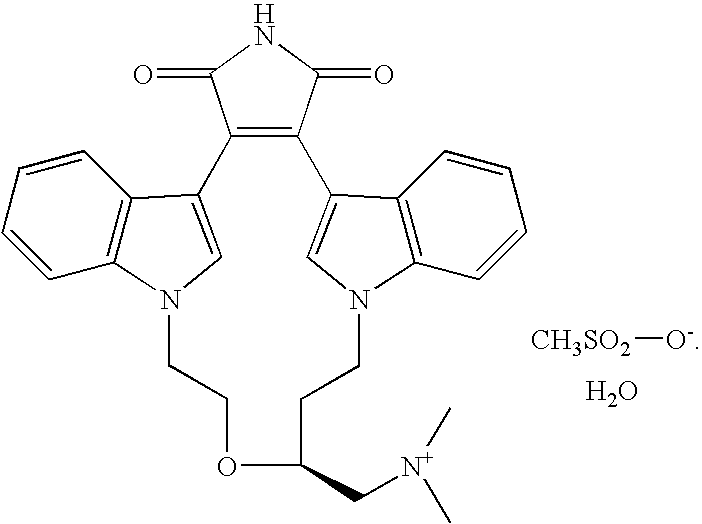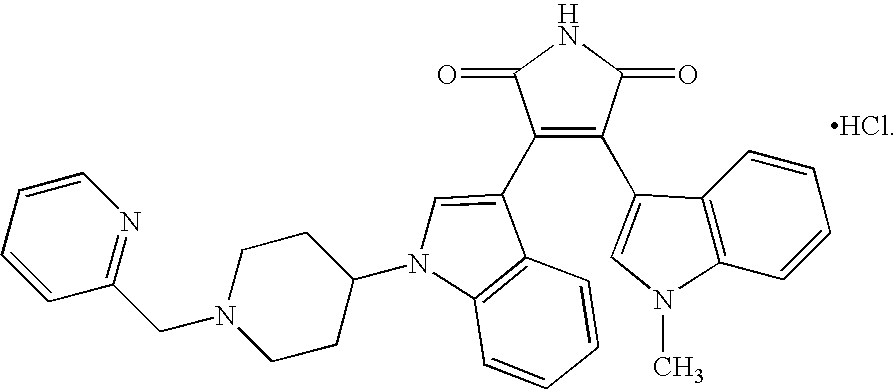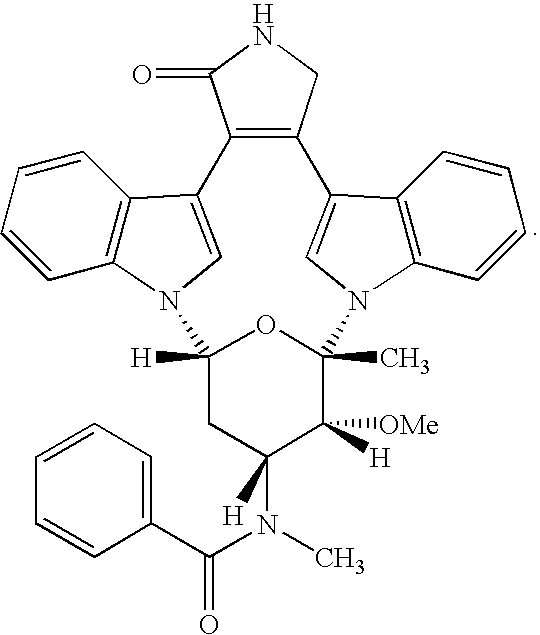Methods For Diagnosing And Treating Diabetic Microvascular Complications
a microvascular and diabetic technology, applied in the direction of biocide, cardiovascular disorder, drug composition, etc., can solve the problems of affecting the quality of life, diabetes also places a significant burden on health care costs, indirect costs, including productivity loss, and may be as much as five times the direct health care cos
- Summary
- Abstract
- Description
- Claims
- Application Information
AI Technical Summary
Benefits of technology
Problems solved by technology
Method used
Image
Examples
example 1
[0059]First, a standard template is referenced which provides fixed numerical values to the severity of a given diabetic complication based upon pre-determined risk factors as follows:
ScoreRetinopathyNeuropathyNephropathy0NoneNormalNone1MildAbnormal nerve conductionMicroalbuminuriavelocity2ModerateImpaired vibration assessmentProteinuria3SeverePositive / negative symptomsEnd stage renaldisease4ProliferativeFoot ulcerdiabeticretinopathy(PDR)5Amputation
[0060]Note, these fixed numerical values are arbitrarily given the scores of 0-5 for ease of understanding for now, however, the eventual values may change, reflecting the relative weighting of the individual components of the complications. The scores are then added up to give a total aggregated score, or DMCS, which is then compared to a risk assessment standard of scores which reflect different “risk” categories. The risk assessment standard comprises of different “risk” categories (eg “low”, “medium” or “high”) which are reflective of...
example 2
[0062]In this example, the patient has moderate diabetic retinopathy (2), abnormal nerve conduction velocity (1), and proteinuria (2), for a composite DMC score of five (5) when measured against the standard template exemplified in Example 1. This aggregate DMC score places the patient in the “medium risk” category suggesting the physician conduct more frequent checks on said patient than a normal diabetic patient, optimize glycemic / blood pressure / lipid control and to consider administering an appropriate drug, for example ruboxistaurin or a salt thereof, to treat diabetic microvascular complications.
[0063]The term “pharmaceutically-acceptable salt” as used herein, refers to a salt of a compound of the present invention. It should be recognized that the particular counterion forming a part of any salt of this invention is usually not of a critical nature, so long as the salt as a whole is pharmacologically acceptable and as long as the counterion does not contribute undesired qualit...
PUM
| Property | Measurement | Unit |
|---|---|---|
| time | aaaaa | aaaaa |
| concentration | aaaaa | aaaaa |
| pressure | aaaaa | aaaaa |
Abstract
Description
Claims
Application Information
 Login to View More
Login to View More - R&D
- Intellectual Property
- Life Sciences
- Materials
- Tech Scout
- Unparalleled Data Quality
- Higher Quality Content
- 60% Fewer Hallucinations
Browse by: Latest US Patents, China's latest patents, Technical Efficacy Thesaurus, Application Domain, Technology Topic, Popular Technical Reports.
© 2025 PatSnap. All rights reserved.Legal|Privacy policy|Modern Slavery Act Transparency Statement|Sitemap|About US| Contact US: help@patsnap.com



